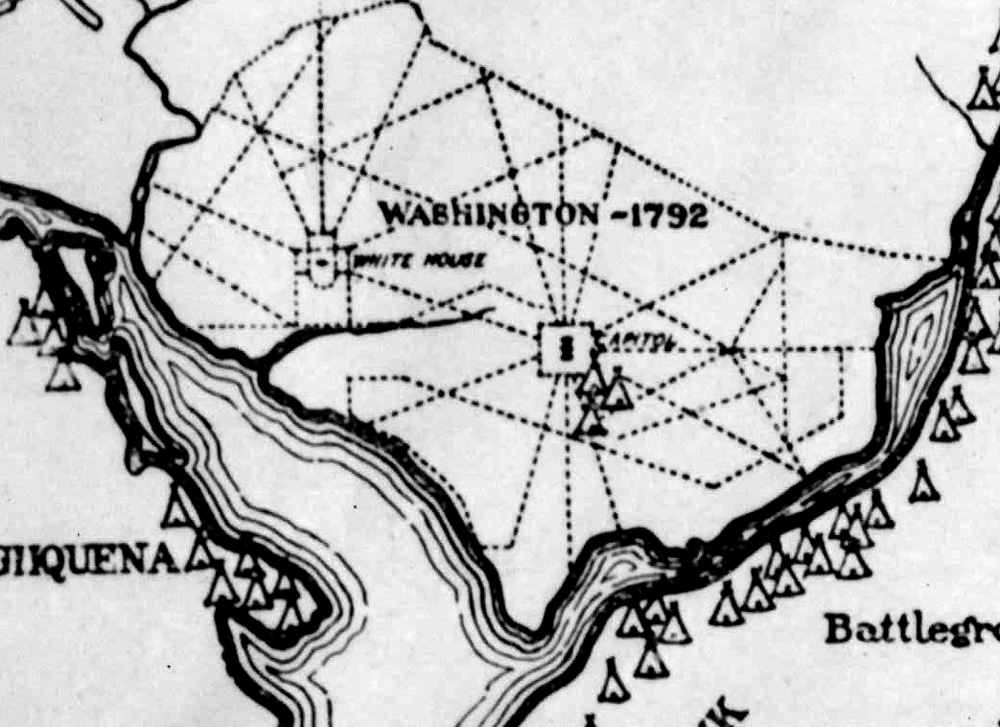The DC Public Library linked to the Once As It Was Map of DC on it's page for Native American Heritage Month!
Then they invited a small group of us (you'll see folks in the video below), for a tour of the new remodeled MLK building and an Anacostan Land Acknowledgement.
Many thanks to Richard Reyes-Gavilan, the Executive Director, and Ryan Williams and the rest of the great staff!













